Every day deserves a celebratory drink when you are roaming around Australia in a 4WD motor home such as Isabel but some days have sobering aspects.
The non-town on its death bed reminded us that some people have more than a flat tyre or dicky solar panel to conquer.
Wittenoom, nestled against some of the most wondrous scenery in Australia, is a death town that has killed and been killed itself.
Through the middle of last century, dust from its blue asbestos mine filtered deadly fibres into the lungs of the 6000 people who lived and worked there.
Within six years 700 – more than one in 10 – cases of asbestos-related lung disease are expected to have been diagnosed in the cohort of people who worked in Wittenoom between 1943 and 1966.
Ten years ago the West Australian Government removed Wittenoom’s status as a town and ordered that the name be removed from maps and signs but it was still there on our map just north of Karajini National Park , a dot on the dirt road from the Rio Tinto Gorge to the Auski Roadhouse on the Port Hedland-Newman Road. A notation on the map warned against visiting Wittenoom because of the danger from asbestos dust.
A sign warning “Danger. Asbestos in this Area. Cancer and Lung Disease Hazard ….” was the first inkling we were near the non-town. An unidentified smattering of houses appeared on our right. We were amused to see “Doc Holiday’s (sic) Café” painted in large letters on a dilapidated cream building. Then the bitter irony sunk in as we realised Wyatt Earp’s offsider with the shotgun had died from lung disease. We were looking at what is left of Wittenoom.
Lang Hancock found blue asbestos crocidolite in the nearby gorge in 1937 His mate Izzy Walters found more in Yampire Gorge. Their reports of the size of the deposits had an incredulous reaction in asbestos-hungry war-fearing England (think gas masks). The UK response was that someone needed to take a holiday but soon mining was in full swing. CSR developed the mine project and Wittenoom rapidly became the largest town in the Pilbara.
With no alarms raised CSR developed the mine project. Asbestos dust layered everything: early photos show children playing in it, caking themselves in the blue-grey powder.
By 1944 warnings were sounded about the dust levels at Wittenoom. The first case of asbestosis was detected in 1946 but not confirmed for two years,
Government medical officers warned that Wittenoom was developing the “greatest crop of asbestosis the world has ever seen” and said workers could contract fatal lung conditions after only six months. They did not have the power to order CSR to shut down.
Wittenoom mining stopped in 1966 amid unprofitability and growing health concerns but strange twists developed in the story. Not everyone believed every bad word about asbestos and Wittenoom. People kept living there.
In 1978 the State Government voted to phase out the town because of the dust, encouraging and assisting people to relocate. Some did but the sprawling Shire of Ashburton and the remaining residents said “Bugger that”. Curiously, they proposed that Wittenoom should be cleaned up and developed as a tourist resort.
In Perth parliamentarians shook their heads and in 1981 they reaffirmed that Wittenoom would be phased out. By 1986 almost 100 houses had been demolished and the school, police station and nursing post closed down.
In 1993 the airport was closed. Still people stayed on. The risk was rated as mild for visitors but extreme for residents. OK, said the Government, you can stay but new residents are not allowed.
Eight years ago a handful of residents were still claiming the town was OK to live in as the power was switched off, Wittenoom’s status as a town was removed and the name was ordered to be removed from all signs and maps. Demolishment of houses continued.
The State Government also voted to limit access to Wittenoom and raise awareness of the danger. Now the big blue signs warn of asbestos risk a couple of kilometres either side of the town that doesn’t exist – except for a few houses leaning towards shanty-style and Doc Holliday’s Café.
Apparently no one is plugging for a tourist resort anymore.
The non-town on its death bed reminded us that some people have more than a flat tyre or dicky solar panel to conquer.
Wittenoom, nestled against some of the most wondrous scenery in Australia, is a death town that has killed and been killed itself.
Through the middle of last century, dust from its blue asbestos mine filtered deadly fibres into the lungs of the 6000 people who lived and worked there.
Within six years 700 – more than one in 10 – cases of asbestos-related lung disease are expected to have been diagnosed in the cohort of people who worked in Wittenoom between 1943 and 1966.
Ten years ago the West Australian Government removed Wittenoom’s status as a town and ordered that the name be removed from maps and signs but it was still there on our map just north of Karajini National Park , a dot on the dirt road from the Rio Tinto Gorge to the Auski Roadhouse on the Port Hedland-Newman Road. A notation on the map warned against visiting Wittenoom because of the danger from asbestos dust.
A sign warning “Danger. Asbestos in this Area. Cancer and Lung Disease Hazard ….” was the first inkling we were near the non-town. An unidentified smattering of houses appeared on our right. We were amused to see “Doc Holiday’s (sic) Café” painted in large letters on a dilapidated cream building. Then the bitter irony sunk in as we realised Wyatt Earp’s offsider with the shotgun had died from lung disease. We were looking at what is left of Wittenoom.
Lang Hancock found blue asbestos crocidolite in the nearby gorge in 1937 His mate Izzy Walters found more in Yampire Gorge. Their reports of the size of the deposits had an incredulous reaction in asbestos-hungry war-fearing England (think gas masks). The UK response was that someone needed to take a holiday but soon mining was in full swing. CSR developed the mine project and Wittenoom rapidly became the largest town in the Pilbara.
With no alarms raised CSR developed the mine project. Asbestos dust layered everything: early photos show children playing in it, caking themselves in the blue-grey powder.
By 1944 warnings were sounded about the dust levels at Wittenoom. The first case of asbestosis was detected in 1946 but not confirmed for two years,
Government medical officers warned that Wittenoom was developing the “greatest crop of asbestosis the world has ever seen” and said workers could contract fatal lung conditions after only six months. They did not have the power to order CSR to shut down.
Wittenoom mining stopped in 1966 amid unprofitability and growing health concerns but strange twists developed in the story. Not everyone believed every bad word about asbestos and Wittenoom. People kept living there.
In 1978 the State Government voted to phase out the town because of the dust, encouraging and assisting people to relocate. Some did but the sprawling Shire of Ashburton and the remaining residents said “Bugger that”. Curiously, they proposed that Wittenoom should be cleaned up and developed as a tourist resort.
In Perth parliamentarians shook their heads and in 1981 they reaffirmed that Wittenoom would be phased out. By 1986 almost 100 houses had been demolished and the school, police station and nursing post closed down.
In 1993 the airport was closed. Still people stayed on. The risk was rated as mild for visitors but extreme for residents. OK, said the Government, you can stay but new residents are not allowed.
Eight years ago a handful of residents were still claiming the town was OK to live in as the power was switched off, Wittenoom’s status as a town was removed and the name was ordered to be removed from all signs and maps. Demolishment of houses continued.
The State Government also voted to limit access to Wittenoom and raise awareness of the danger. Now the big blue signs warn of asbestos risk a couple of kilometres either side of the town that doesn’t exist – except for a few houses leaning towards shanty-style and Doc Holliday’s Café.
Apparently no one is plugging for a tourist resort anymore.
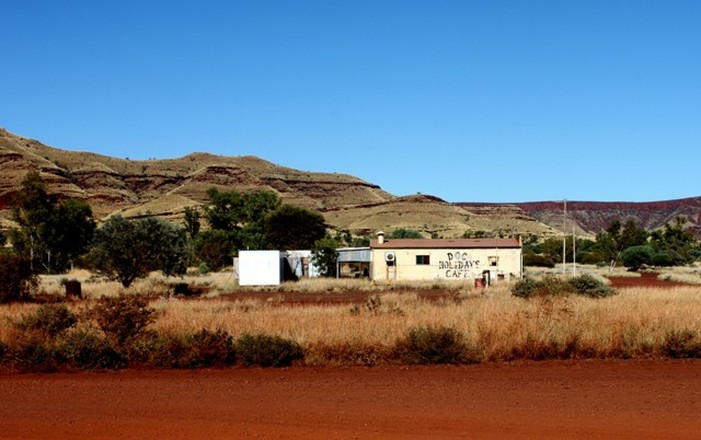
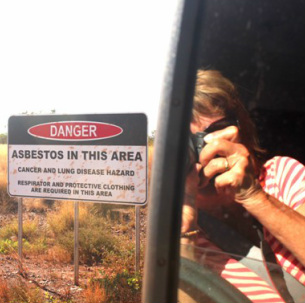
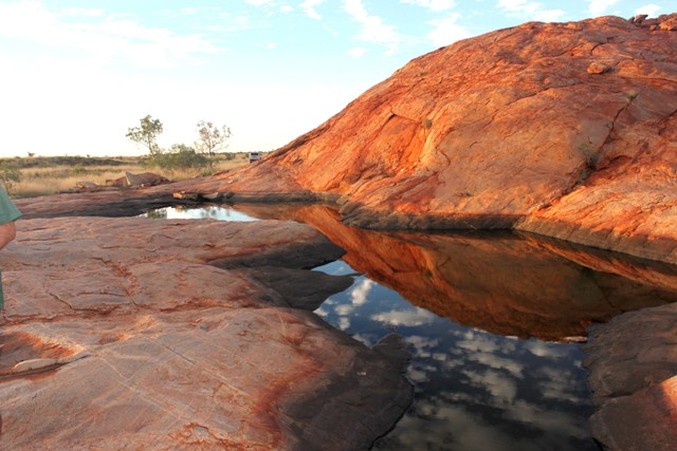
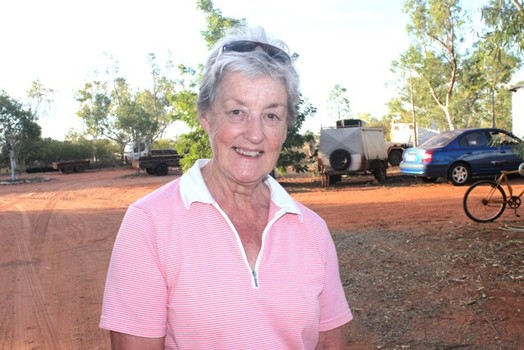
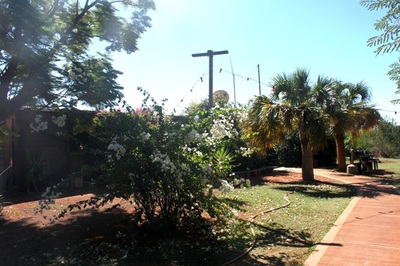
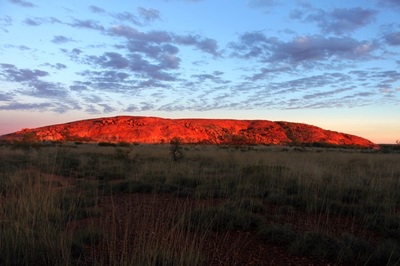

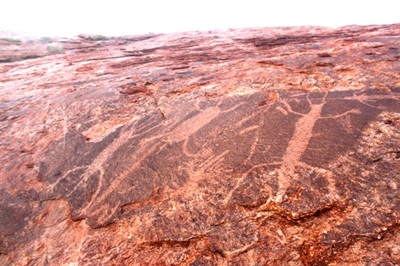
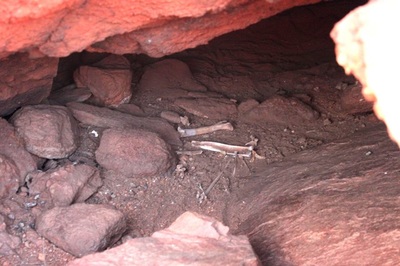
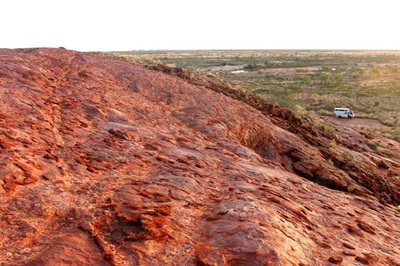
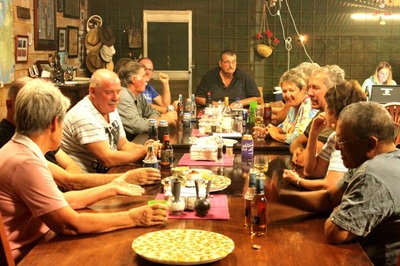
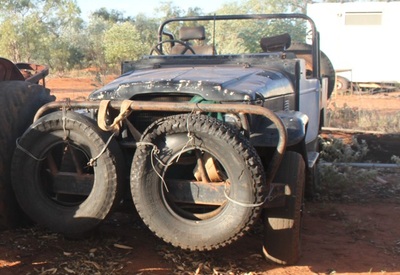
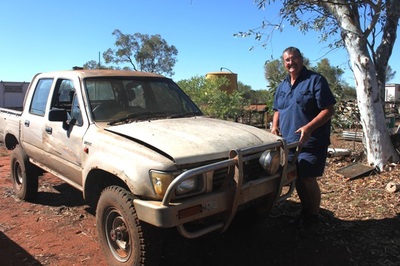
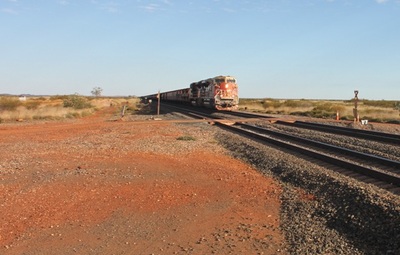
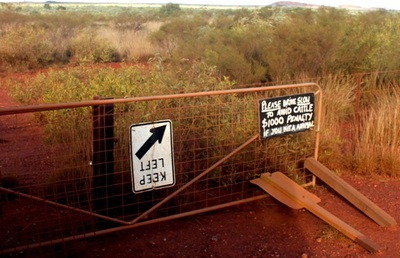
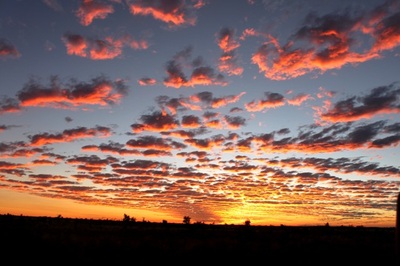
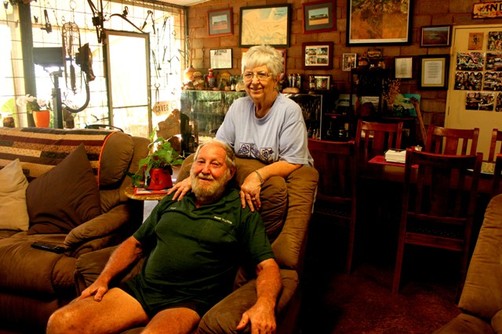
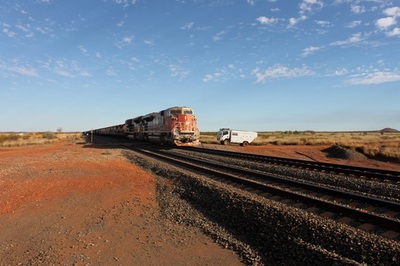
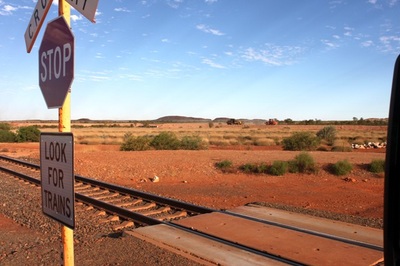
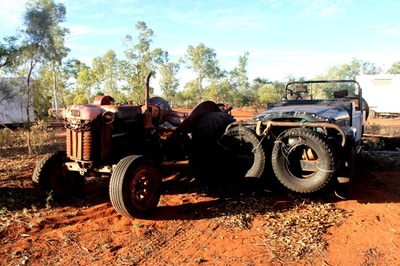
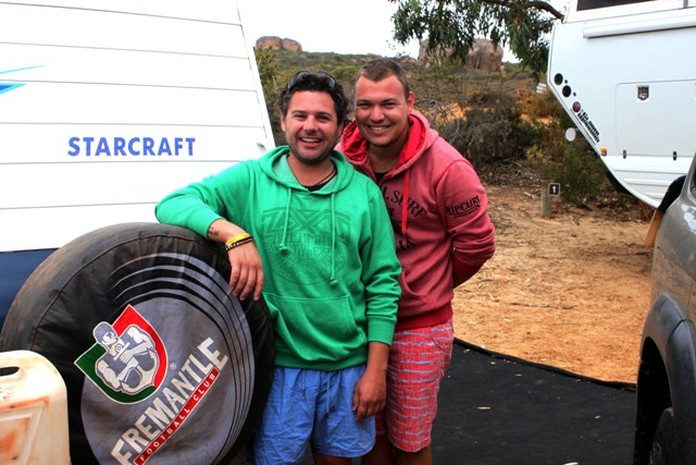
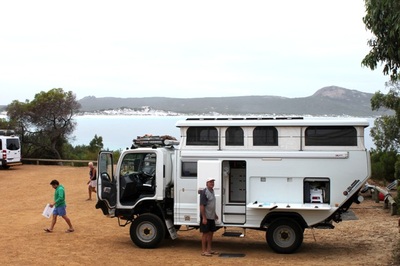

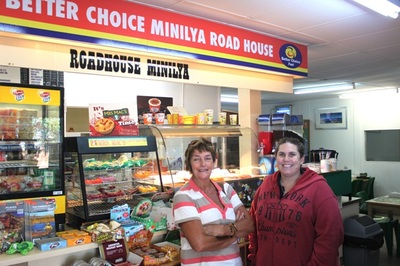
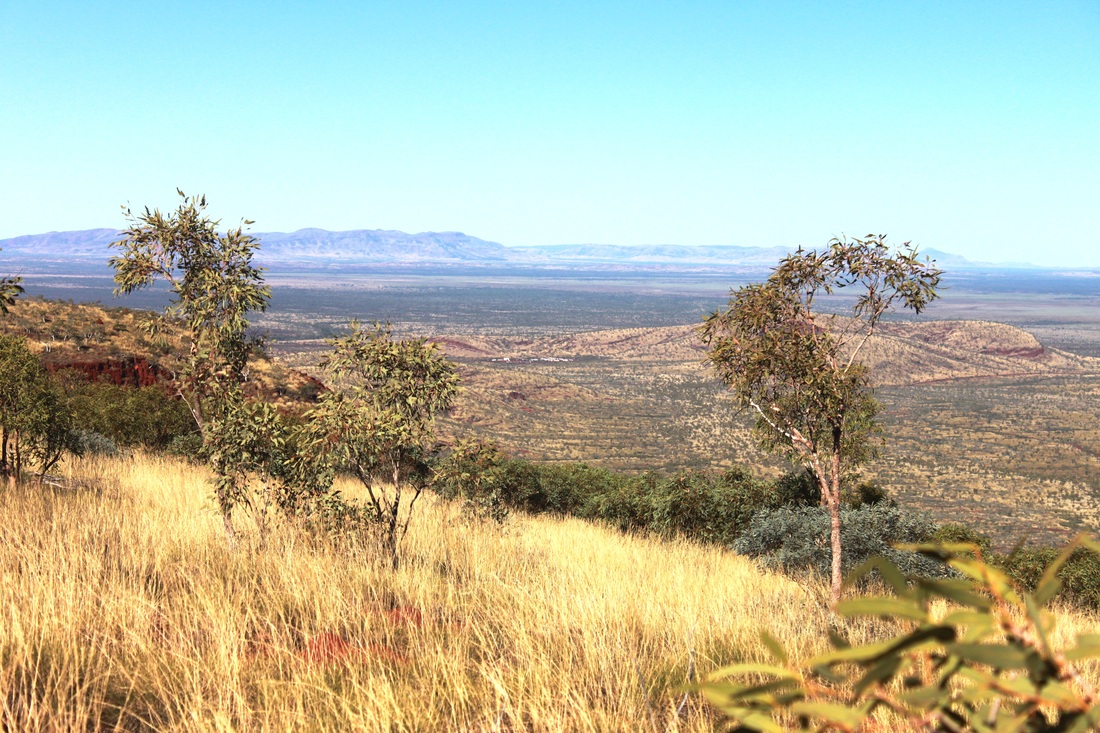
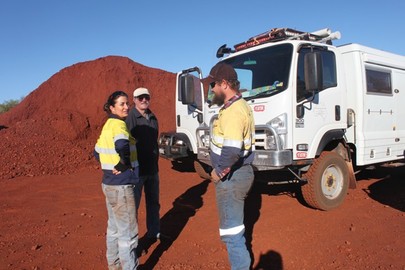
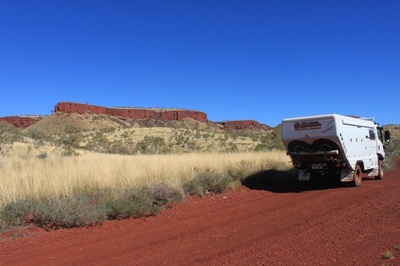
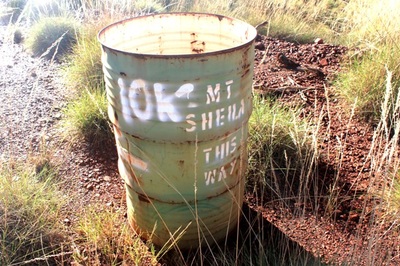
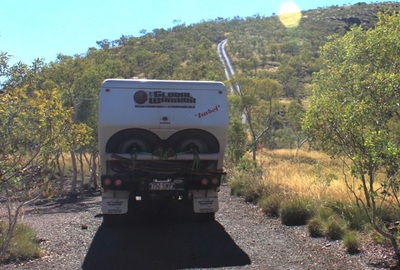
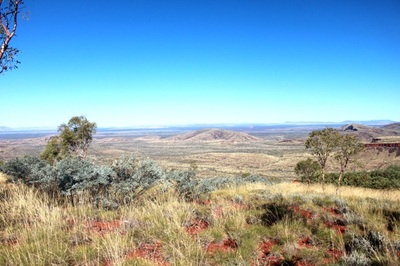
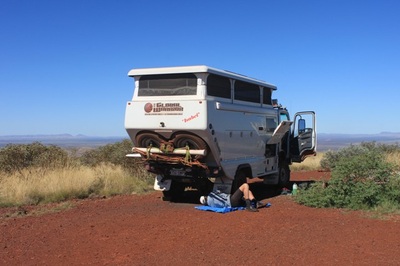
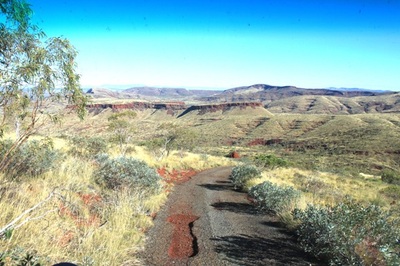
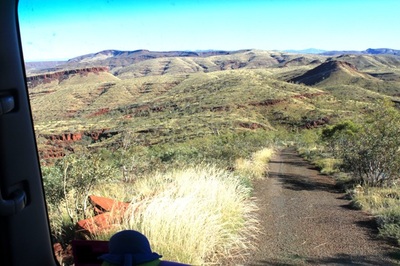
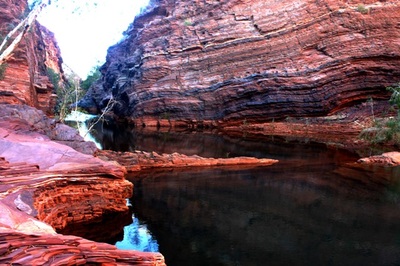
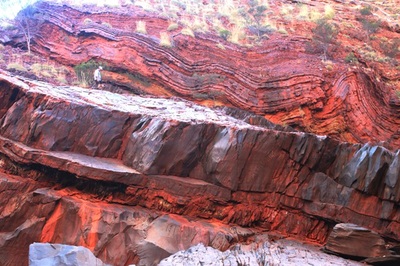
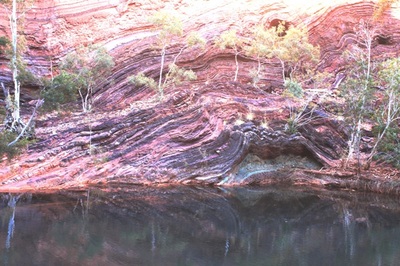
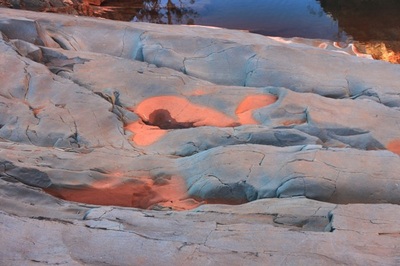
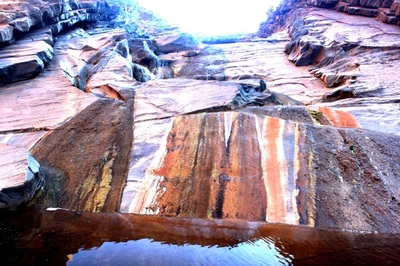
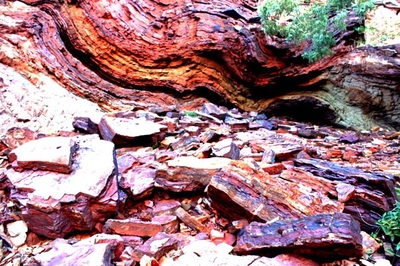
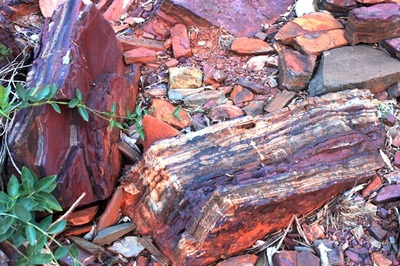
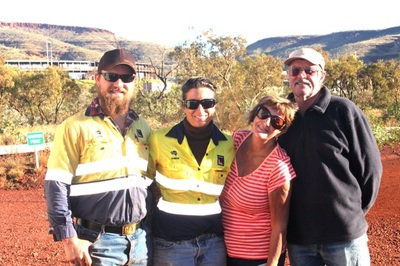
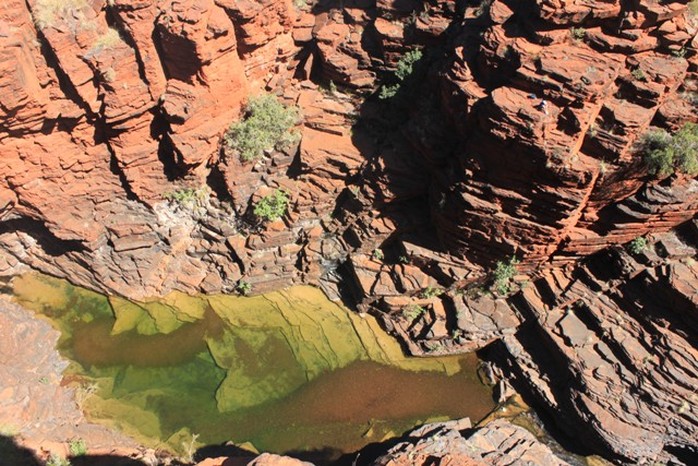
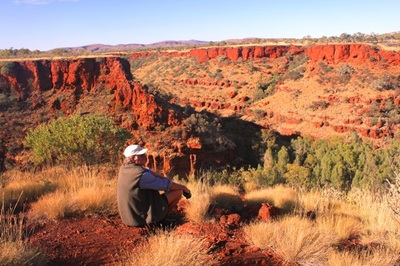
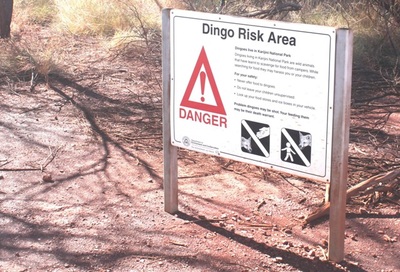
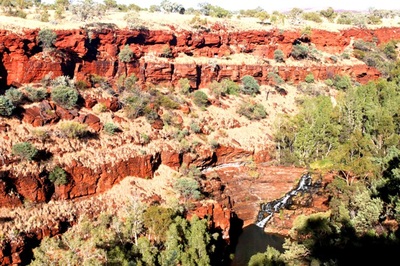
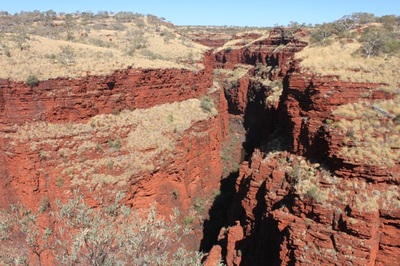
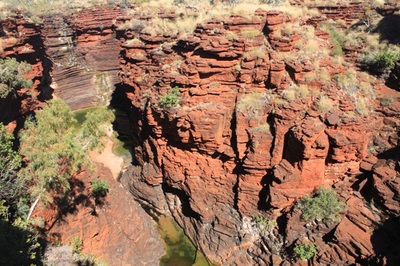
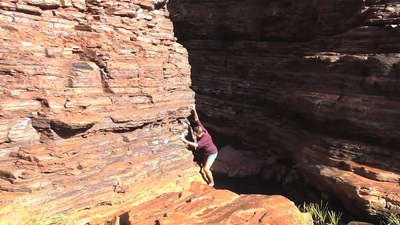
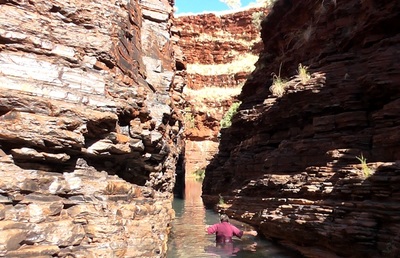
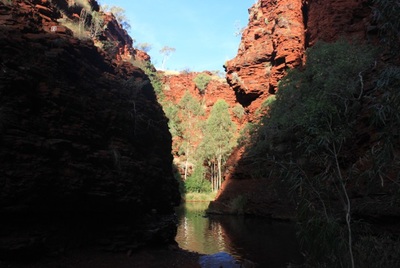
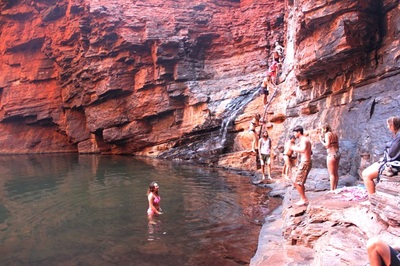
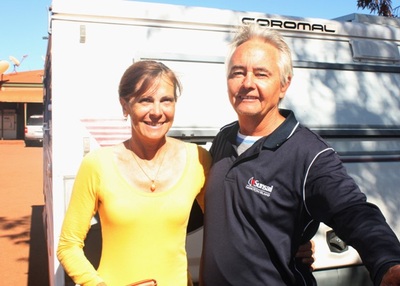
 RSS Feed
RSS Feed
